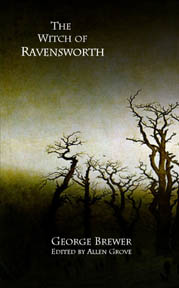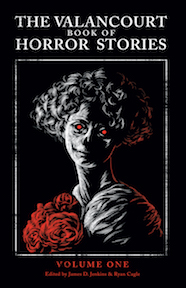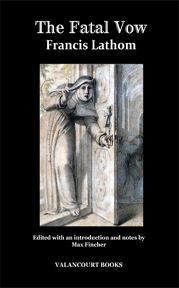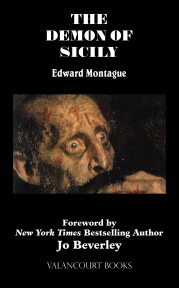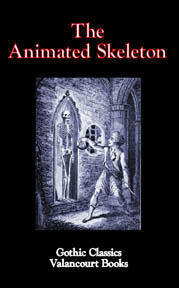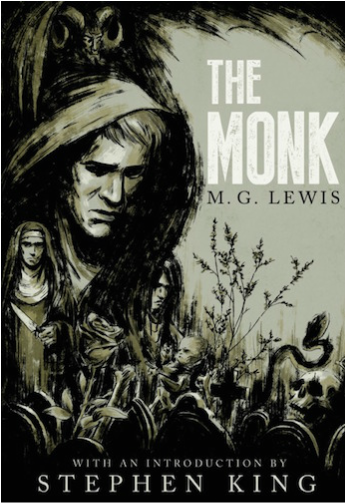
The Monk (1796)
M.G. Lewis
Introduction by Stephen King
When The Monk first appeared in 1796, critics were shocked and outraged. That a Member of Parliament should publish a novel filled with blasphemy, rape, murder, incest, rotting corpses, and devil worship was unthinkable and unprecedented. But efforts to suppress the book failed, readers loved it, and it became a worldwide bestseller. Today it is regarded as one of the finest Gothic horror novels ever written.
M.G. Lewis’s novel — written when he was only nineteen — centers on Ambrosio, a monk renowned for his piety, who finds himself faced with temptation when his passions are aroused by Matilda, a beautiful girl who has entered the monastery disguised as a boy. But after he succumbs to her charms, Ambrosio’s lust for sensual gratification quickly becomes insatiable, and he begins a precipitous descent into depravity, indulging in sorcery, demonic rituals, rape, and murder as he seeks to sate his unquenchable desires. . . .
M.G. Lewis
Introduction by Stephen King
When The Monk first appeared in 1796, critics were shocked and outraged. That a Member of Parliament should publish a novel filled with blasphemy, rape, murder, incest, rotting corpses, and devil worship was unthinkable and unprecedented. But efforts to suppress the book failed, readers loved it, and it became a worldwide bestseller. Today it is regarded as one of the finest Gothic horror novels ever written.
M.G. Lewis’s novel — written when he was only nineteen — centers on Ambrosio, a monk renowned for his piety, who finds himself faced with temptation when his passions are aroused by Matilda, a beautiful girl who has entered the monastery disguised as a boy. But after he succumbs to her charms, Ambrosio’s lust for sensual gratification quickly becomes insatiable, and he begins a precipitous descent into depravity, indulging in sorcery, demonic rituals, rape, and murder as he seeks to sate his unquenchable desires. . . .
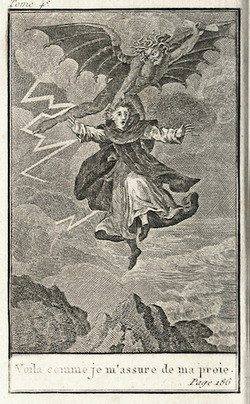
This definitive edition of The Monk reprints the unabridged text of the three-volume 1796 first edition from the copy in the British Library and features an introduction by one of the most popular and acclaimed horror writers of our time, Stephen King. Also included are six lurid full-page illustrations from the 1797 and 1807 Paris editions of the novel, along with a portrait of the author and a reproduction of the original title page.
|
BOOK DETAILS
Hardcover with dust jacket ISBN-13: 978-1939140067 List Price: $34.99 U.S. Pages: 406 Published: 2013 |
|
ALSO AVAILABLE THROUGH ONLINE RETAILERS
LIKE THE MONK? CHECK OUT THESE TITLES
VIEW OUR COMPLETE LIST OF GOTHIC TITLES HERE
AUTHOR BIOGRAPHY
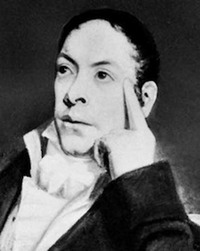
M.G. (Matthew Gregory) Lewis was born in 1775, the son of Matthew and Frances Lewis. Lewis’s father served as Chief Clerk in the War Office and Deputy-Secretary at War and owned considerable property in Jamaica, which his son would go on to inherit. Young Lewis, who hated both his given names and was known later in life as “M.G.” or “Monk” Lewis, was educated at Westminster School and Christ Church, Oxford. Intending to pursue a diplomatic career like his father, Lewis spent considerable time abroad as a young man, including extended periods in Paris and Weimar, Germany. During these travels, he began to write plays and worked on translations. In 1794, Lewis’s father helped to secure him a post at the British embassy at The Hague. Finding the Dutch capital exceedingly dull, Lewis passed his time in writing The Monk, which was published in London anonymously in the spring of 1796. The novel was immediately successful but extremely controversial, with critics objecting to the book’s sexual content and supposed blasphemy. Lewis revised The Monk for subsequent editions, toning down some of the objectionable material while adding his name and his title of M.P. to the title-page.
Though chiefly known today for The Monk, Lewis had other successes during his lifetime, including The Castle Spectre (1796), a drama; Tales of Wonder (1801), a collection of Gothic poems and ballads compiled from various sources; The Bravo of Venice (1805), a translation of a German Gothic novel; and the four-volume Romantic Tales (1808).
After the death of his father in 1812, Lewis inherited several plantations in Jamaica, the management of which took up much of his time. He died of yellow fever in 1818 on a return journey to England and was buried at sea. Lewis’s journals of his residences in Jamaica in 1815-16 and 1817 were published posthumously in 1834 as Journal of a West India Proprietor.
Though chiefly known today for The Monk, Lewis had other successes during his lifetime, including The Castle Spectre (1796), a drama; Tales of Wonder (1801), a collection of Gothic poems and ballads compiled from various sources; The Bravo of Venice (1805), a translation of a German Gothic novel; and the four-volume Romantic Tales (1808).
After the death of his father in 1812, Lewis inherited several plantations in Jamaica, the management of which took up much of his time. He died of yellow fever in 1818 on a return journey to England and was buried at sea. Lewis’s journals of his residences in Jamaica in 1815-16 and 1817 were published posthumously in 1834 as Journal of a West India Proprietor.

